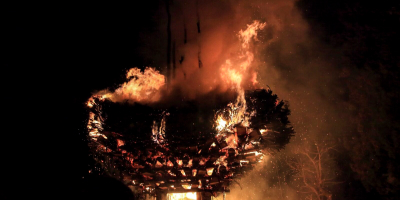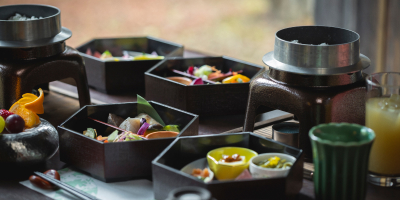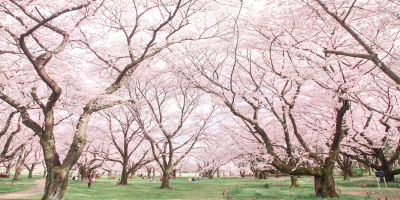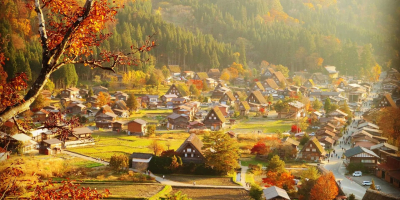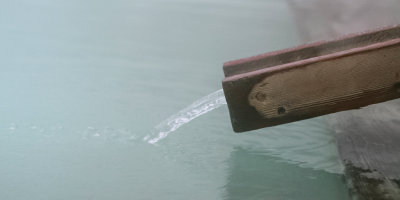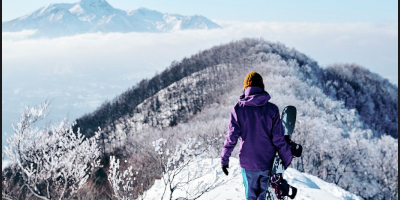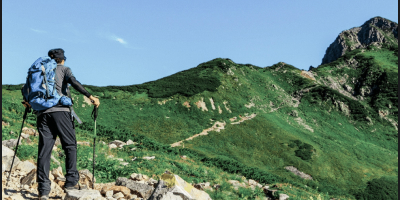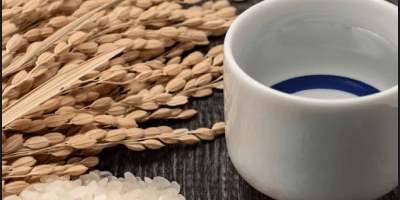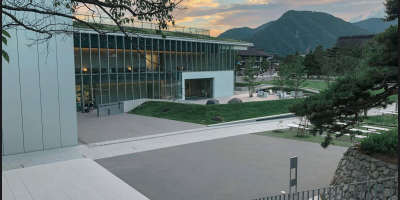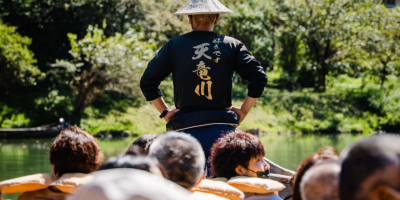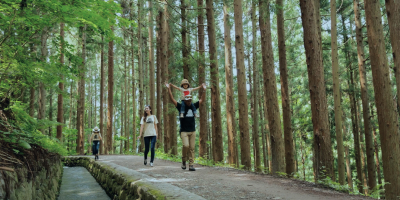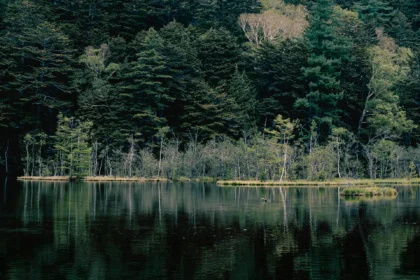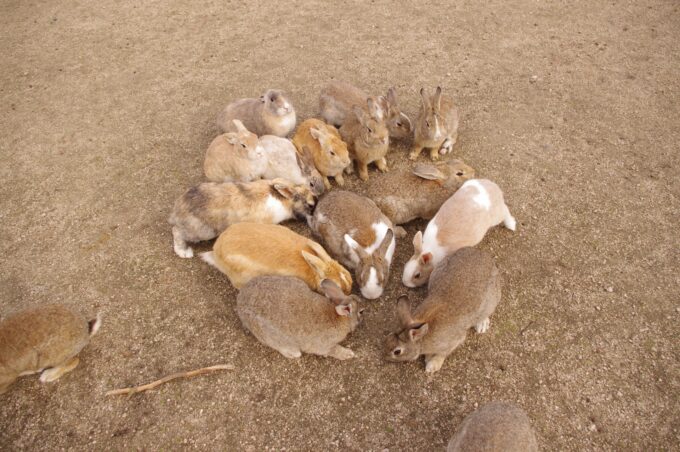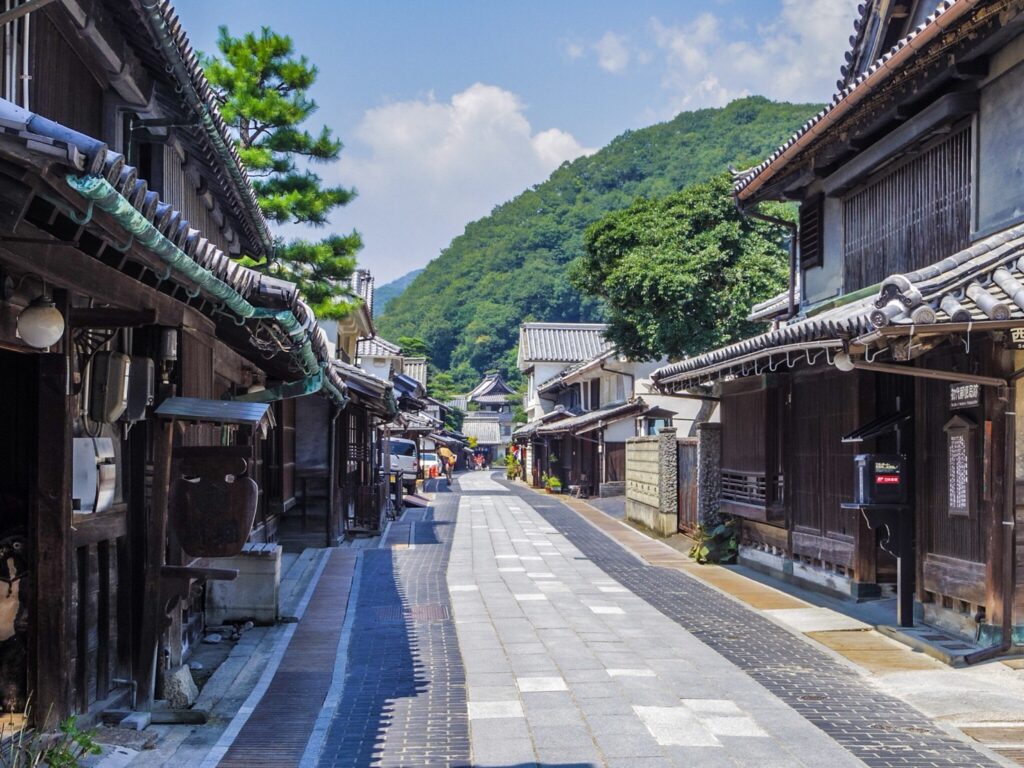
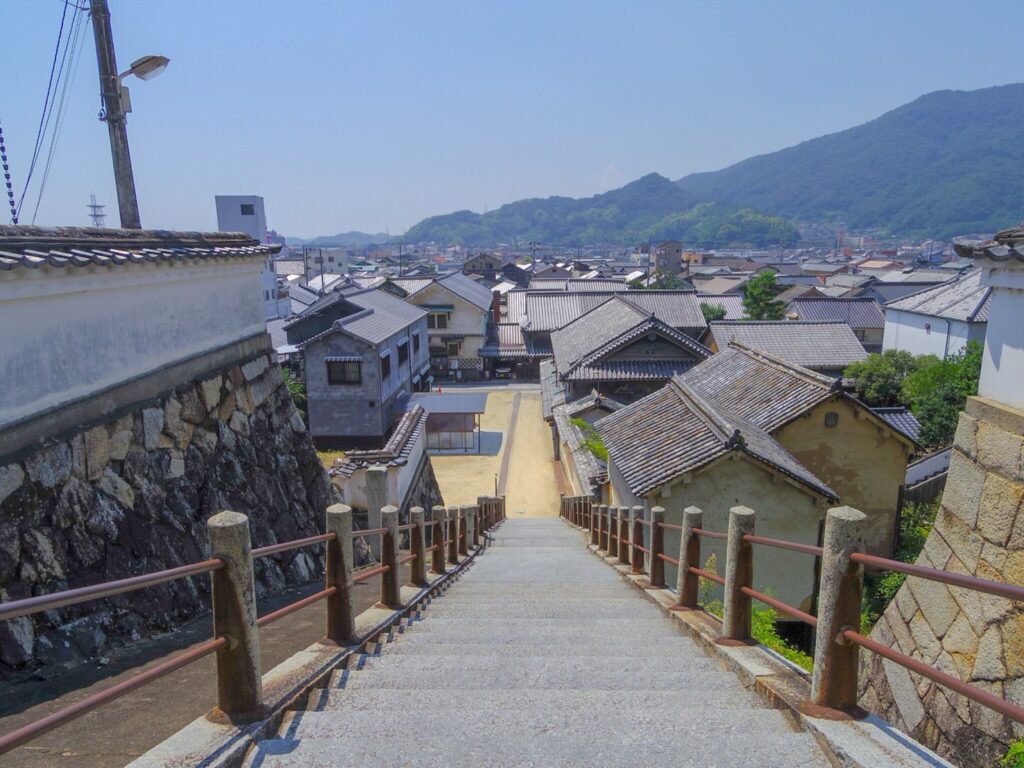

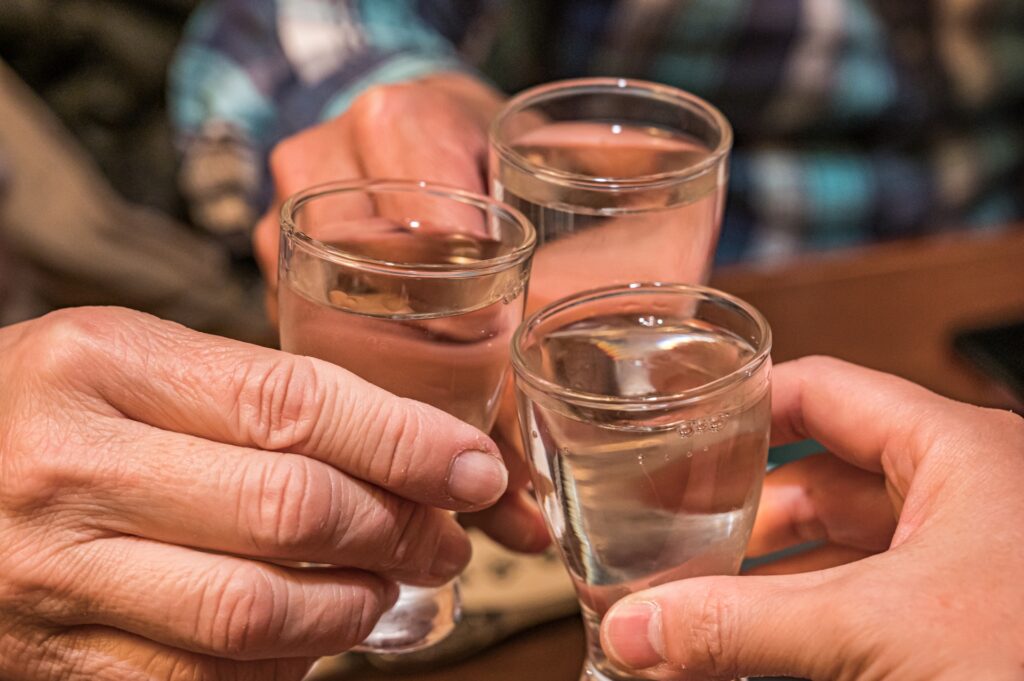
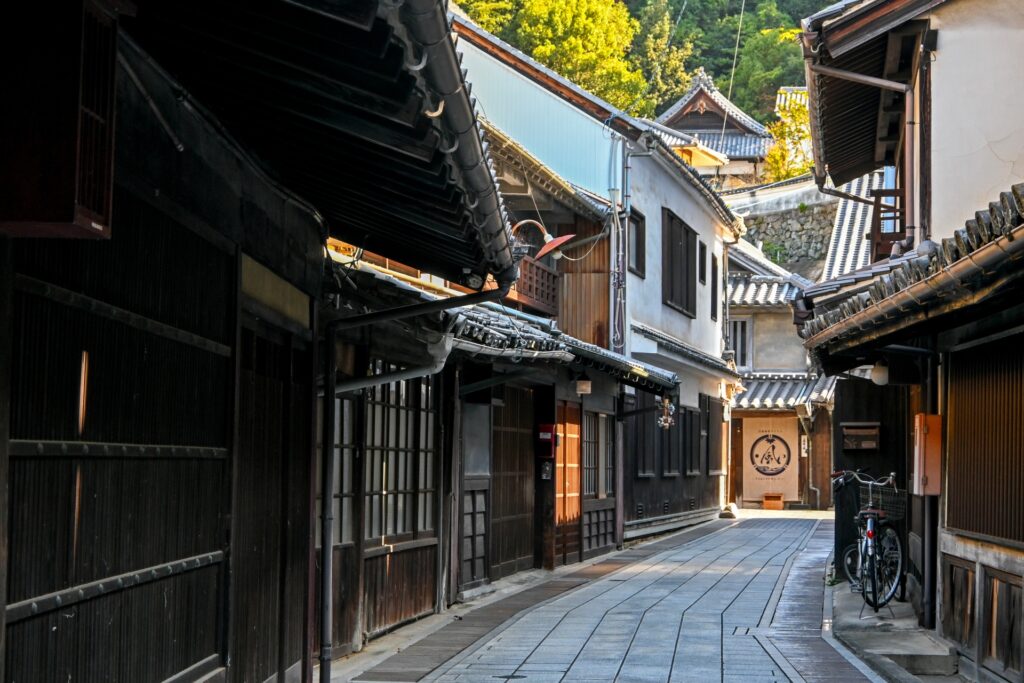
The Takehara townscape area has multiple sightseeing spots, sake breweries where one can do sake tasting, and even bamboo weaving workshops. There are also shops and restaurants lining the streets, so visitors can buy souvenirs or enjoy a meal within the district. However, travelers should be aware that the townscape is fairly compact without many streets to explore, and given the low traffic in the area some of the businesses do not open every day or for long periods of time. Takehara can be best enjoyed in combination with visits to other locations and we do not recommend dedicating a full day to it. Still, this scenic townscape is very much worth a visit, and we encourage you to stop by if you have the opportunity to do so!
-- Where is the Takehara Townscape Conservation Area?
-- History of the City of Takehara
-- Tours Visiting the Townscape Conservation Area
WHERE IS THE TAKEHARA TOWNSCAPE CONSERVATION AREA?
The Takehara Townscape Conservation Area is located within the city of Takehara in Hiroshima Prefecture. It lies close to the JR Takehara Station and a 20-minute bus ride away from the Rabbit Island ferry terminal.
HISTORY OF THE CITY OF TAKEHARA
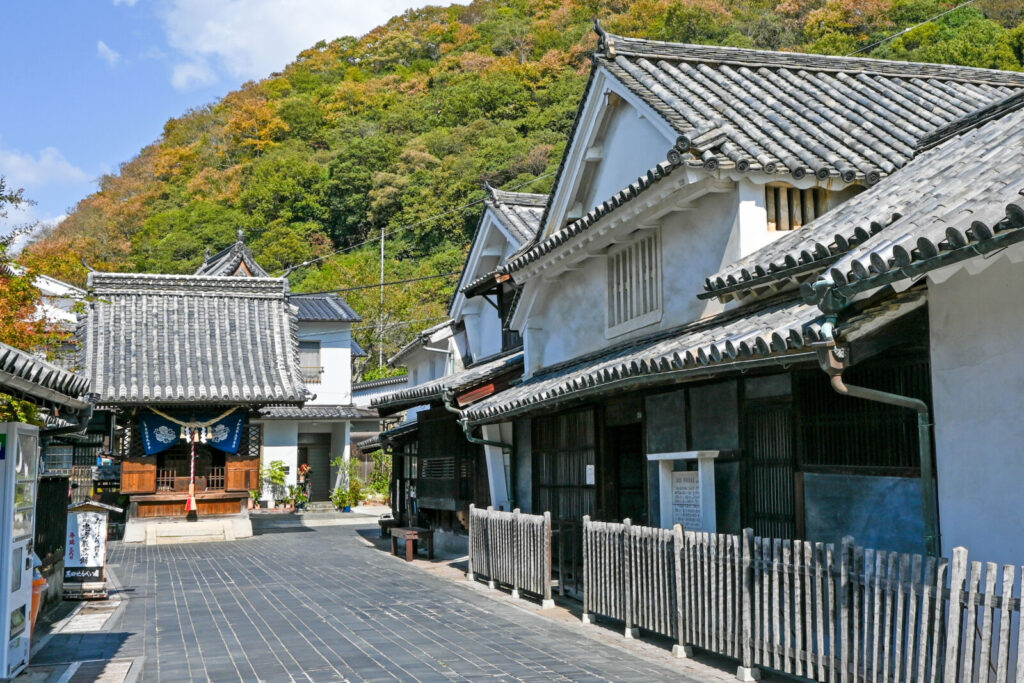
To understand why so many extravagant merchant residences and large temples can be found within the historic townscape, one must first learn about the history of the city of Takehara. The city began some time during the Heian period (794-1185) as a simple manor which belonged to the Shimogamo Shrine in Kyoto. For many years little development happened in this area, and it wasn’t until much later during the Edo period when Takehara truly began to flourish. And this was all due to one single thing: salt.
Given the relative peace of the Edo period, the food industry largely expanded during the 17th century and the country saw a rapid growth in its population. With this came a rising demand for salt, which at the time was extracted from sea water. The Seto Inland Sea, which borders a part of Takehara, was the center of Japanese salt-making, and as such the city joined the salt industry.
However, Takehara had one thing which made it stand out amongst all the other places producing salt in the area, and that was its large tidal range. An innovative salt “farming” method known as irihama enden had been developed, and it took advantage of changes in tide to draw water from the sea more efficiently. This method was extremely successful in Takehara and thus the city became a large-scale manufacturer of salt. The salt from the city was being shipped to places such as Osaka, Kyoto, and even as far away as Hokkaido.
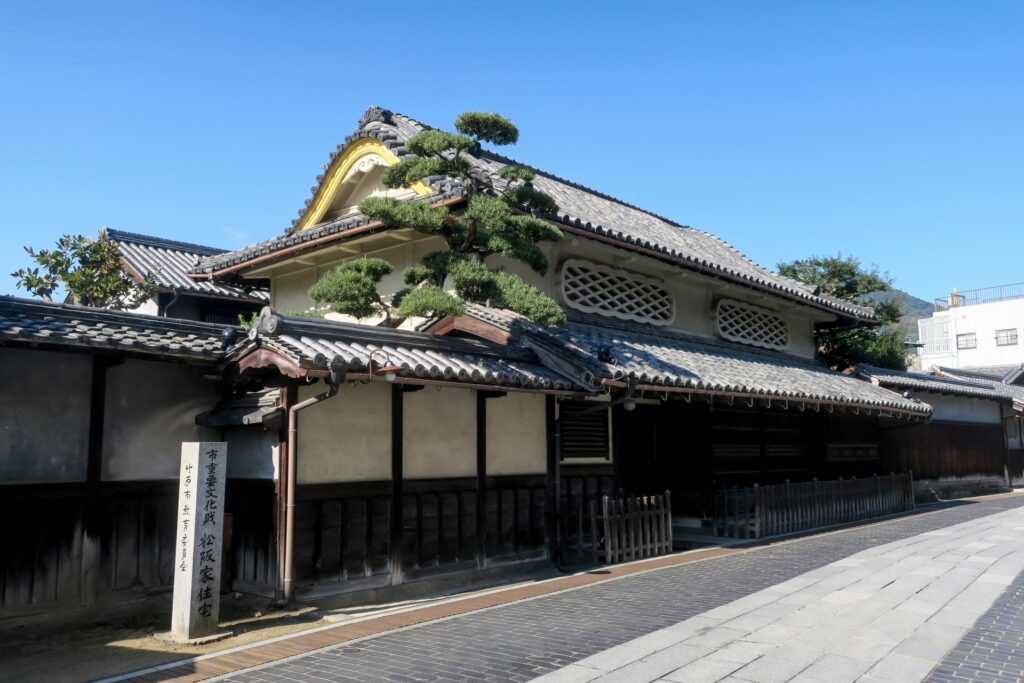
Takehara further developed with the rising popularity of sake in Japan. Samurai culture was slowly replaced by pleasure and entertainment, and this led to a rise in alcohol consumption. The earliest brewery in Takehara opened in 1733 and at one point there were about twenty successful sake breweries in the city. This, along with the booming salt business, resulted in the enrichment of many merchant families in Takehara, who went on to build luxurious homes.
Unfortunately, after the Edo period, Takehara was not able to keep up with the new technologies being implemented in other places to extract salt from seawater and salt is no longer produced in the city. Furthermore, only three sake breweries remain in the area: Fujii, Nakao, and Taketsuru. While Takehara has seen many changes since its humble beginnings as a manor, it is thankfully still possible to explore the history and past of the city through the preservation of the townscape area.
SIGHTSEEING SPOTS
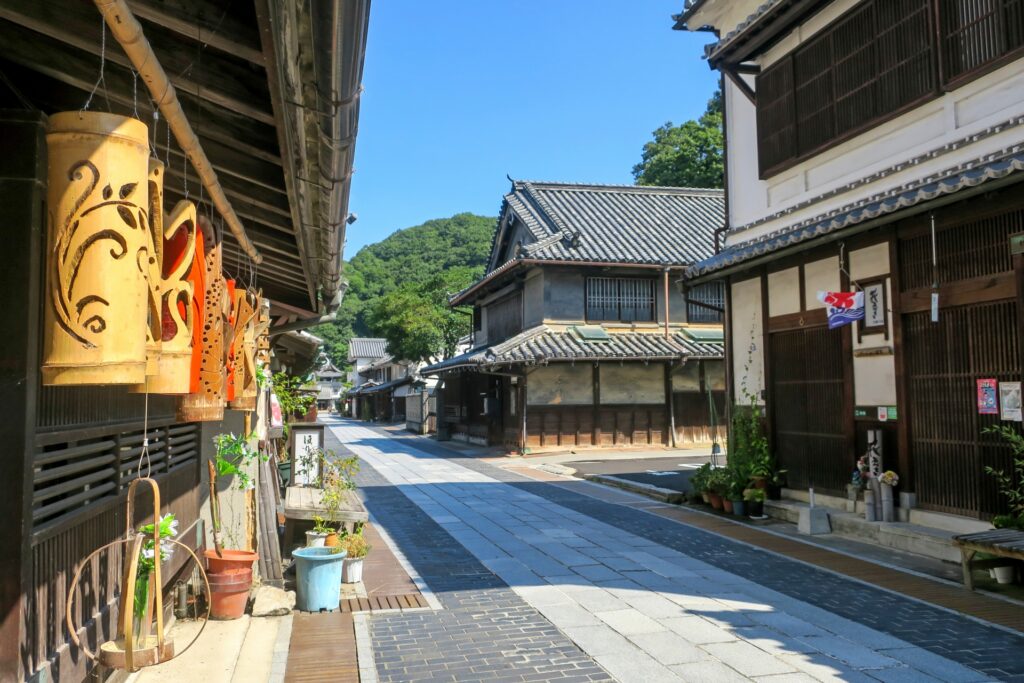
As mentioned previously, there all multiple points of interest in the Takehara Townscape Conservation Area. The many temples, former family residences, and sake breweries help tell the story of the city and allow visitors to get a glimpse into the past. Below we have listed a couple of the numerous places which travelers can visit and explore.
Saihoji Temple and Fumeikaku
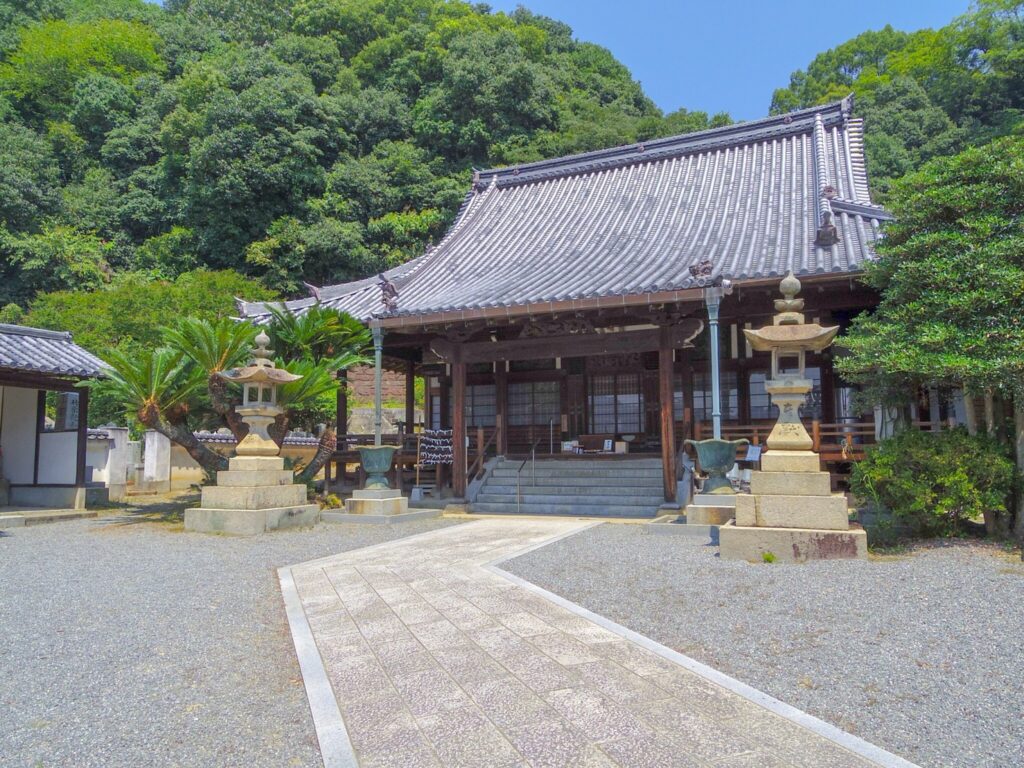
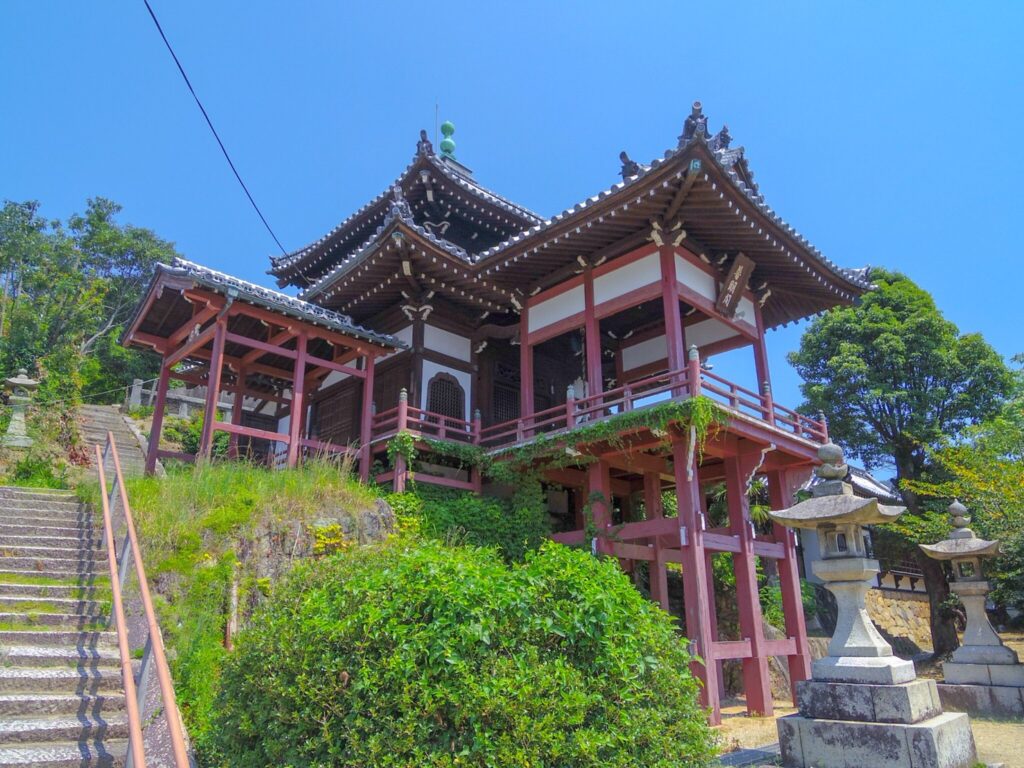
The Saihoji Temple is a Zhen Buddhist temple which was first built in a nearby town in 1560. Unfortunately, the original temple was destroyed by a fire in 1602 and moved to its current location some time after. Its architecture reflects that of the mid-Edo period. Within the temple grounds lies another important structure, Fumeikaku. It is also known as Kannon Hall as it enshrines a manifestation of Kannon, the Bodhisattva of compassion. Both structures are located atop a small hill and provide a fantastic panoramic view of Takehara. Access to the temple and hall is free.
Matsuzaka Residence
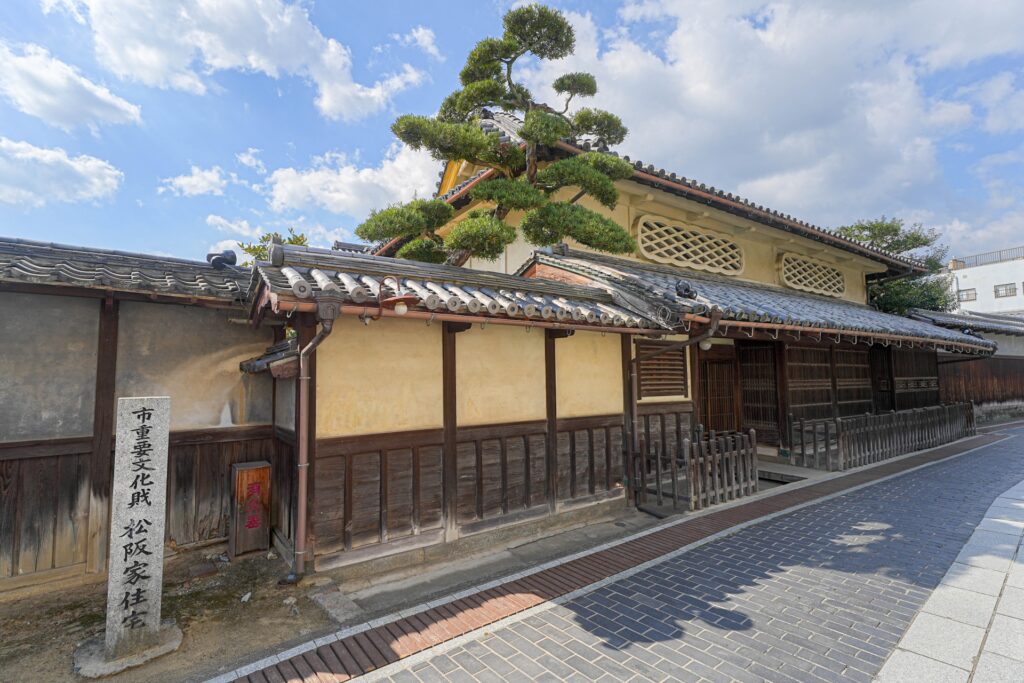
This former family residence was first built in the 1820’s and remodeled in 1879. It belonged to a family which sold firewood and coal. It was built in the sukiya-zukuri style which is based on tea house aesthetics. The latticework around the house is highly decorative, as was common with merchant homes of the Edo period. Entrance to the former family residence costs JPY300 for adults. Visitors younger than 18 can enter for free.
Okakae Jizo Statue
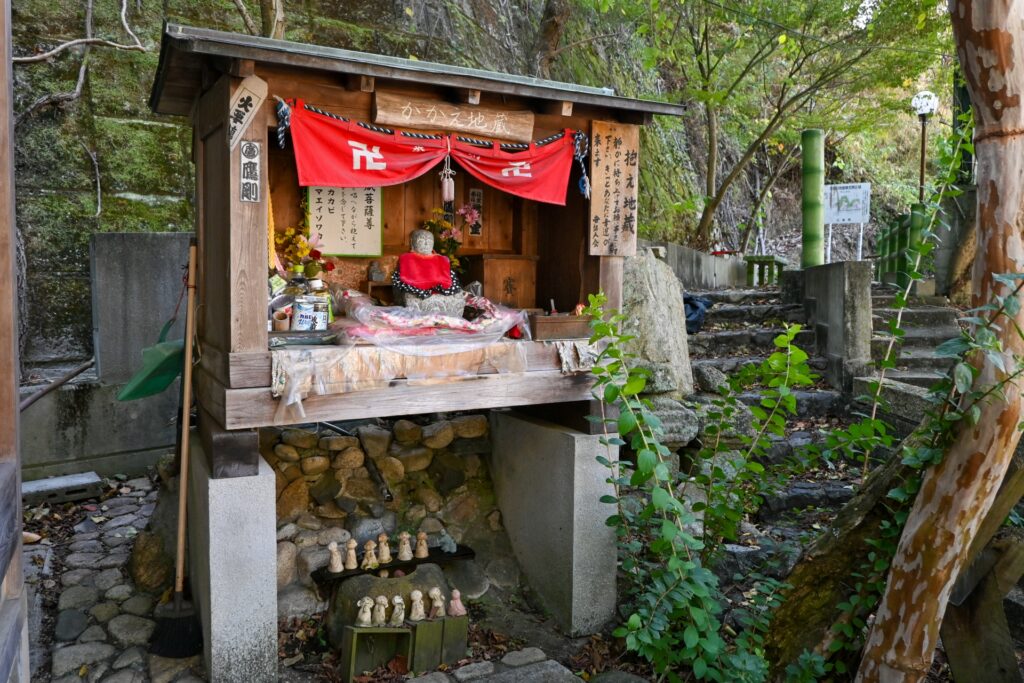
Jizō statues are said to protect children and travelers. The importance of this particular statue lies in its supposed mystical powers. According to local legend, if you pick up the Okakae Jizō, make a wish, and the statue feels lighter than you expected, then your wish will come true.
Taketsuru Sake Brewerey
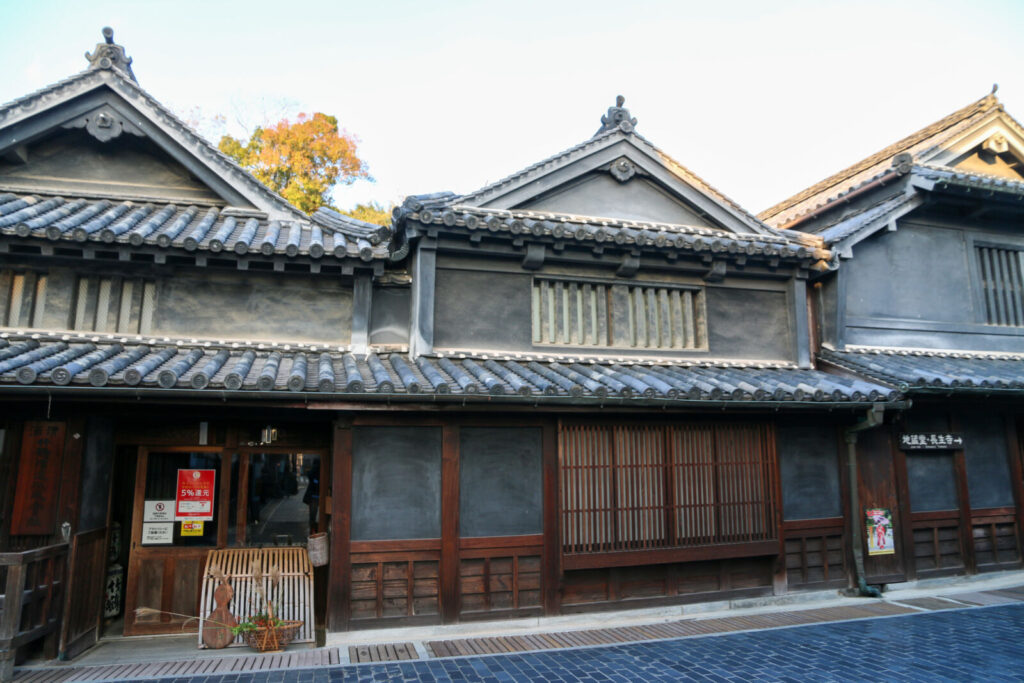
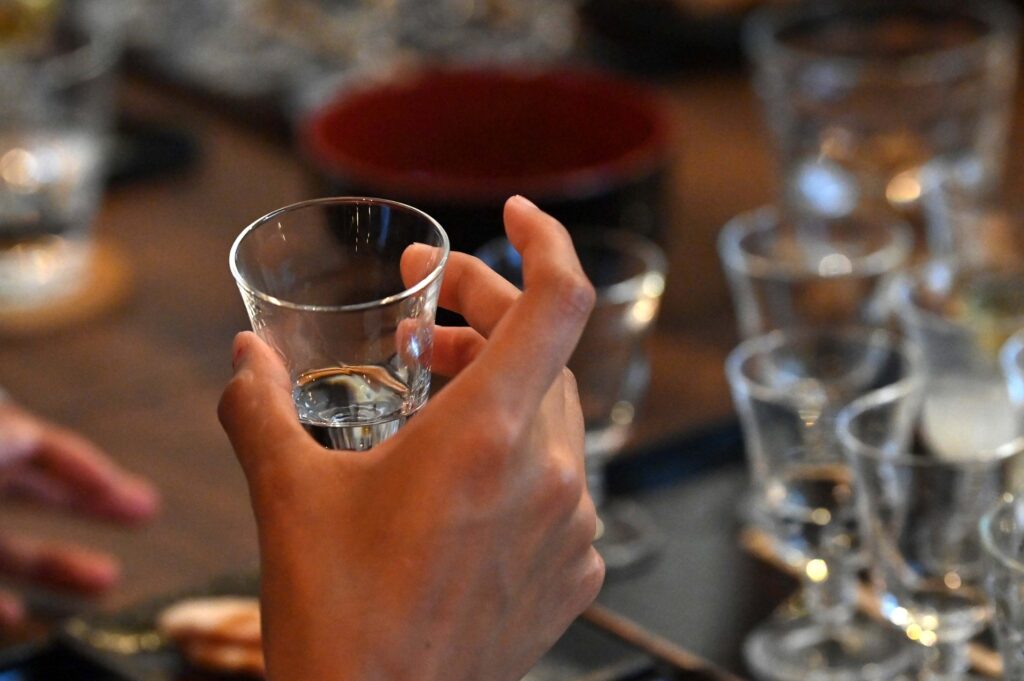
The Taketsuru Sake Brewery is the oldest sake brewery in Takehara, and it began to produce sake in the year 1733. This brewery uses the kimoto method to make sake, relying on lactic acid bacteria to produce the lactic acid necessary for achieving good fermentation. Most modern methods skip the bacteria and instead introduce the lactic acid itself directly into the mix. It is possible to do sake tasting at this brewery, with costs ranging from JPY110 to JPY330 per cup.
Shorenji Temple
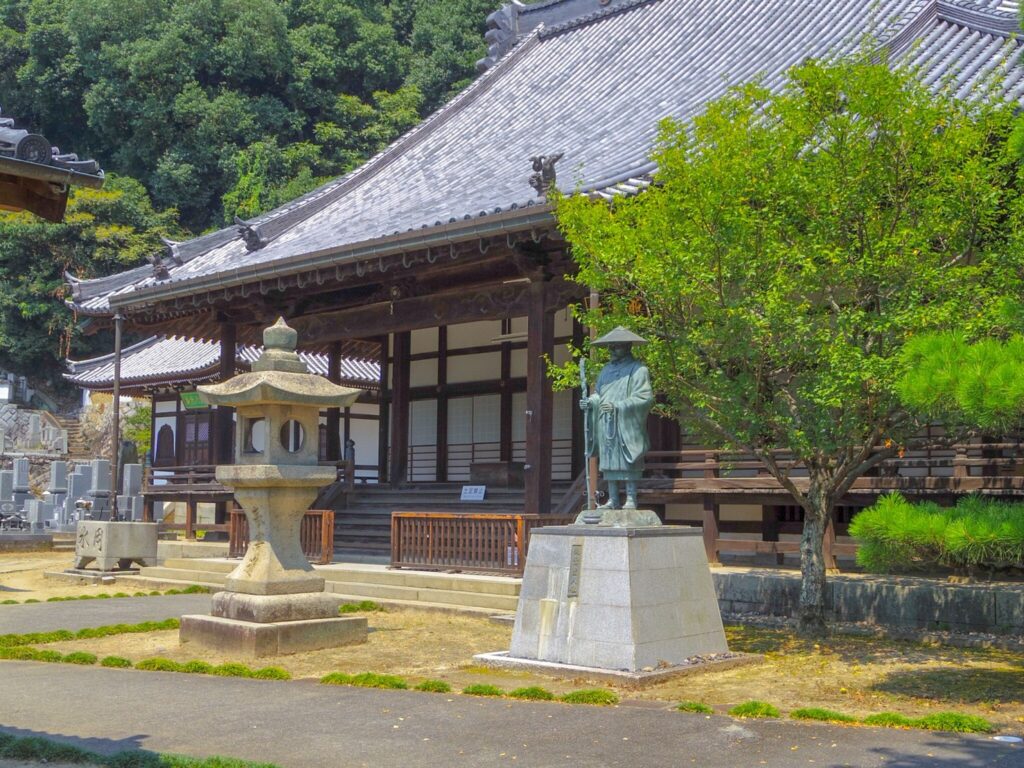
Shorenji Temple is a temple which belongs to the school of Jodo Shinshu (True Pure Land Buddhism), the most common type of Buddhism practiced by Japanese people today. Previously this temple was called Jorinji and associated with Zen Buddhism, but this changed when it was rebuilt in 1737. It is famous for its Korean bell which is said to have been manufactured in the Korean Peninsula in 963, making it one of the oldest Korean bells in Japan. In the past, this temple also served as a gathering place for local academics and scholars.
TOURS VISITING THE TOWNSCAPE CONSERVATION AREA
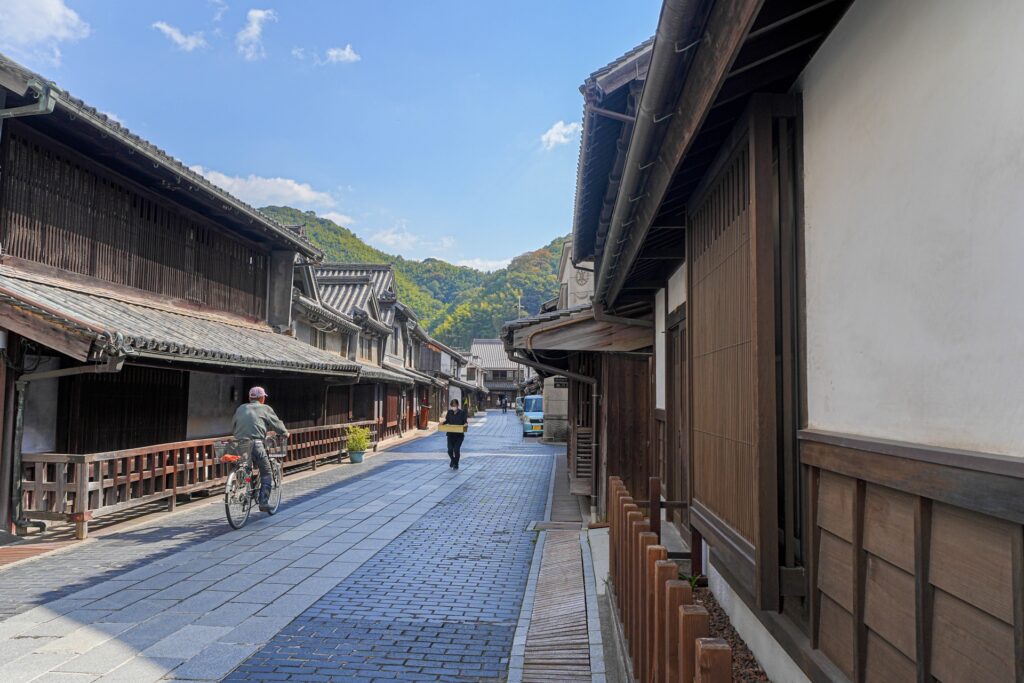
If you're interested in stopping by the Takehara townscape but do not know how to get there or how to combine it with a visit to another location, then we highly recommend our 1-day Takehara and Rabbit Island tour! On this tour you will be able to visit the Takehara Townscape Conservation Area and get a guided tour of the district. Your guide will carefully explain the history of the area and point out the most relevant locations.
From Takehara you will then travel to Rabbit Island, a small island located in the Seto Inland Sea and primarily inhabited by wild rabbits. Here you will have the opportunity to feed the rabbits and explore the peaceful island. In just one day, you will be visiting Takehara's two most popular tourist locations and enjoying Hiroshima Prefecture beyond its capital city. Click the "View Details" button below if you wish to learn more about what this tour has to offer!
If you're interested in looking at other tours and things to do in the Hiroshima area, check out our "Best Tours around Hiroshima" webpage.



